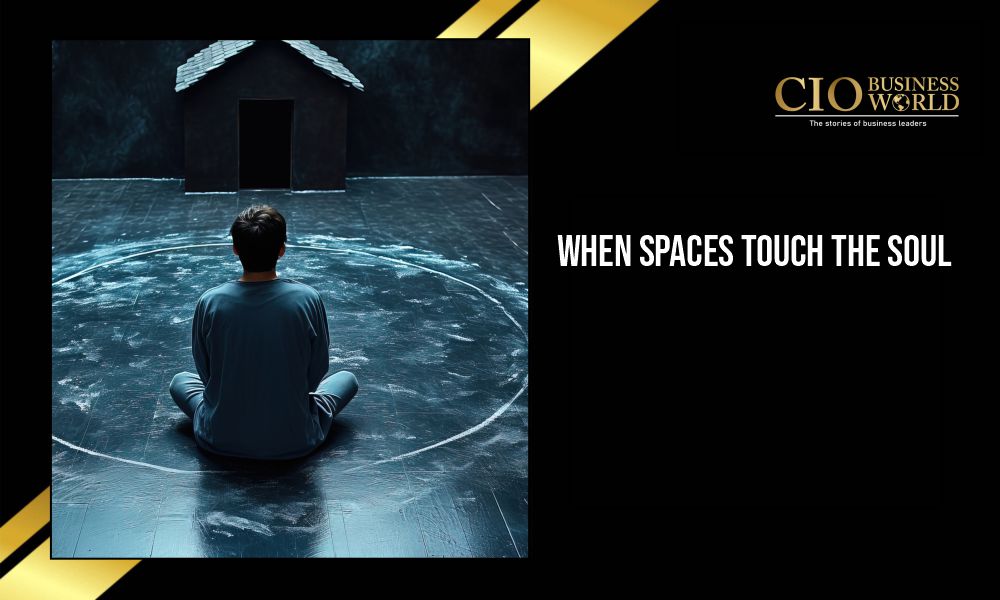In an age where convenience is algorithmic and luxury is quantified; the true essence of hospitality lies in something far more intangible: emotion. The future of guest experience is not defined by thread counts or digital check-ins, but by how deeply a space can make someone feel. In the most successful hotels, resorts, and retreats, guests are not merely accommodated they fall in love.
This love is not romantic in the conventional sense. It is the brain’s response to a symphony of stimuli carefully orchestrated to evoke attachment, comfort, and belonging. It is what happens when architecture, scent, light, sound, and human warmth converge to create a space that feels both extraordinary and profoundly familiar. This is the science and the art of neuroarchitecture in hospitality: designing environments that speak directly to the nervous system.
The Neuroscience of Love and Place
Neuroscience tells us that love, in all its forms, is the result of biochemical choreography. When we encounter an environment that soothes or excites us, the brain releases dopamine, oxytocin, and endorphins the same neurotransmitters responsible for affection and bonding. A well-designed lobby, bathed in soft natural light and the subtle scent of cedar, can trigger the same emotional mechanisms as a cherished memory.
Great hospitality, then, is about engineering conditions for emotional resonance. The brain’s hippocampus encodes spatial memories through sensory richness. A space that stimulates multiple senses simultaneously sight, sound, touch, smell, and even temperature becomes neurologically unforgettable. This is why guests may not recall the exact layout of a hotel room but vividly remember how it made them feel.
Designing the Love Affair
The new generation of hospitality leaders understands that creating loyalty begins with creating love. Spaces that invite emotional engagement employ what neuroarchitects call affective design: an approach that aligns physical form with emotional function.
Imagine entering a boutique hotel where the scent changes subtly as you move from the reception to your suite, mimicking the rhythm of discovery. The lighting shifts throughout the day to match the circadian rhythm, gently waking you in the morning and lulling you into calm at night. The textures linen, stone, wood tell a story of tactility, grounding the senses in a primal familiarity. Every design choice, from acoustics to spatial flow, becomes part of a love language between guest and place.
When a space is designed with empathy, it listens before it speaks. This is where the feminine intelligence of hospitality shines intuitive, attentive, sensory. It’s the art of anticipation: knowing what a guest needs before they realize it themselves. It’s the emotional choreography that turns service into care, and care into connection.
Memory as the New Luxury
Luxury in hospitality has evolved. Guests no longer seek opulence for its own sake; they seek experiences that are emotionally rare. The true measure of excellence is no longer exclusivity but intimacy the feeling of being seen, understood, and remembered.
Neuroarchitecture helps explain why some destinations linger in memory long after departure. Environments that balance stimulation and serenity create a neurochemical signature in the brain, one associated with trust and attachment. The rustle of palm leaves outside a cabana, the rhythmic sound of ocean waves, or the gentle hum of conversation in a candlelit bar each sensory cue becomes a mnemonic seed of affection.
This is the secret of hospitality that makes people return not out of habit, but out of longing. They return because the place has become part of their neural identity, a fragment of their emotional geography.
Hospitality as an Act of Love
At its highest expression, hospitality is not a business transaction; it is a form of emotional architecture. To welcome someone into a space is to invite them into an experience of safety, wonder, and human connection. When done with intention, design becomes a silent conversation between the environment and the soul.
The most successful brands in hospitality understand this: you cannot automate affection. Technology can enhance efficiency, but love must be designed crafted through light, sound, scent, and human touch. It must be felt.
To fall in love with a place is to experience what the Japanese call omotenashi hospitality that expects nothing in return. It is to feel that every detail, every texture, every gesture was created for you alone. This is not marketing; it is meaning.
As the hospitality industry moves into a future defined by emotional intelligence, those who master the architecture of love will define the standard of excellence. Because when guests fall in love with a space, with a feeling, with a memory they are no longer customers. They become part of the story.







